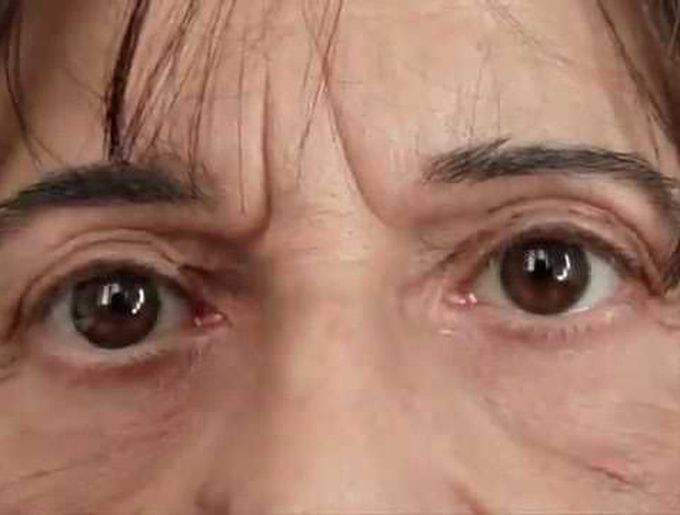


Voluntary Nystagmus
A 53-year-old woman has been able to produce voluntary nystagmus, also called voluntary flutter, since early childhood. She had first developed this ability in drama class, where she found that she could overcome stage fright by jiggling her eyes. This allowed her to effectively “wipe out” the audience. After deliberately fixing her gaze on a point in space, she could begin the voluntary nystagmus; this was recorded with video-oculography (see Video). The condition consists of multiple saccades at high frequency and low amplitude. Voluntary nystagmus reflects the behavior of the saccadic system and presents saccadic suppression as well. For these reasons, and because of the oscillopsia secondary to the ocular instability, voluntary nystagmus causes blurring of the visual surroundings. Consistent with the data in the literature, the mean frequency of the nystagmus in this patient was 10 Hz and the mean amplitude less than 4 degrees. Certain diagnostic features differentiate voluntary nystagmus from pathologic nystagmus: the convergent effort required to start the nystagmus, the inability to sustain the movement for more than a minute, and the accompanying lid flutter. Furthermore, the patient did not have other cerebellar signs of pathologic nystagmus, such as gait ataxia or myoclonus. ✌️Baniaz 'jiz' Hospital and Company🤞 Health Care society https://t.me/drmohammedirfan

